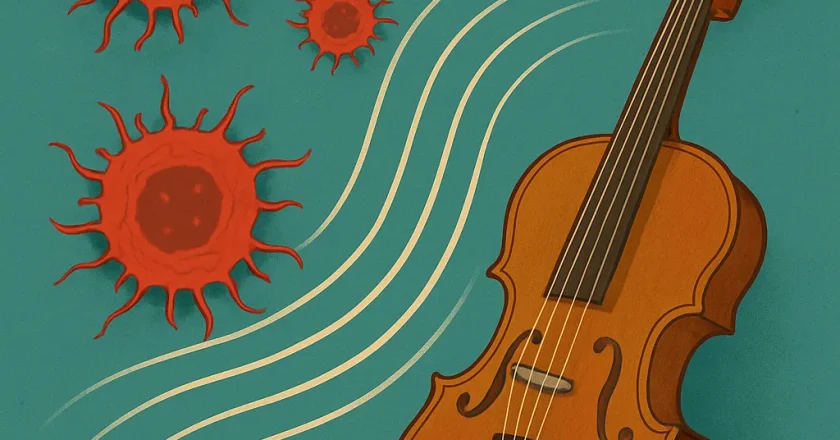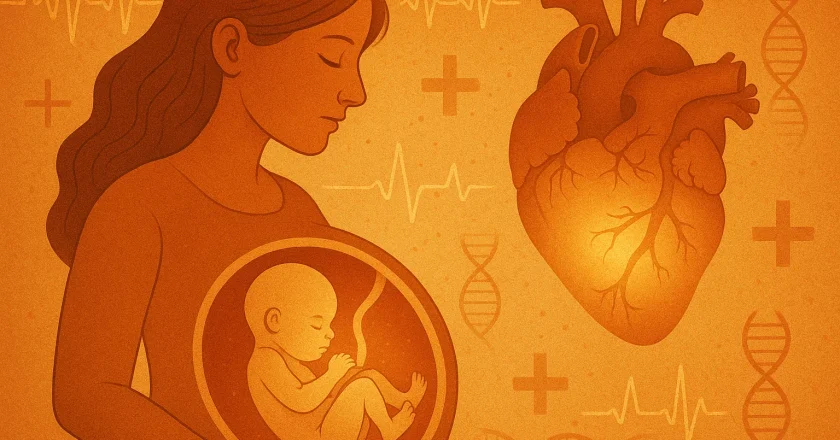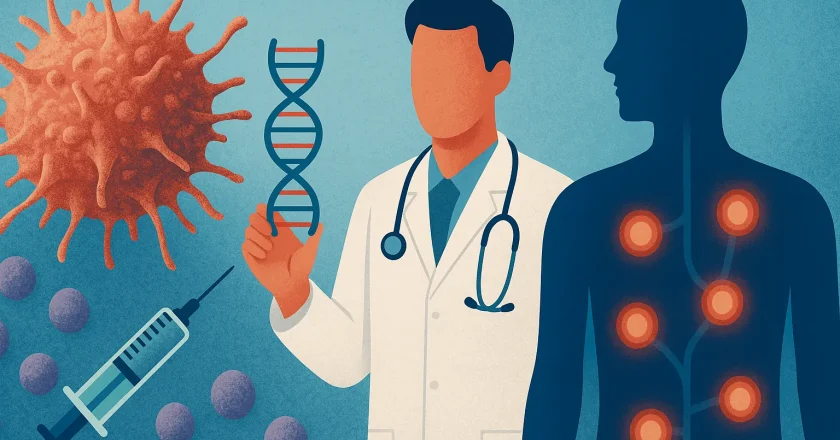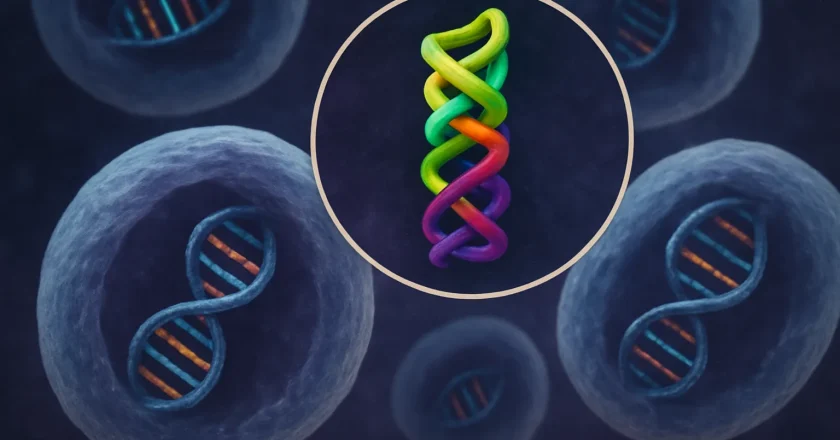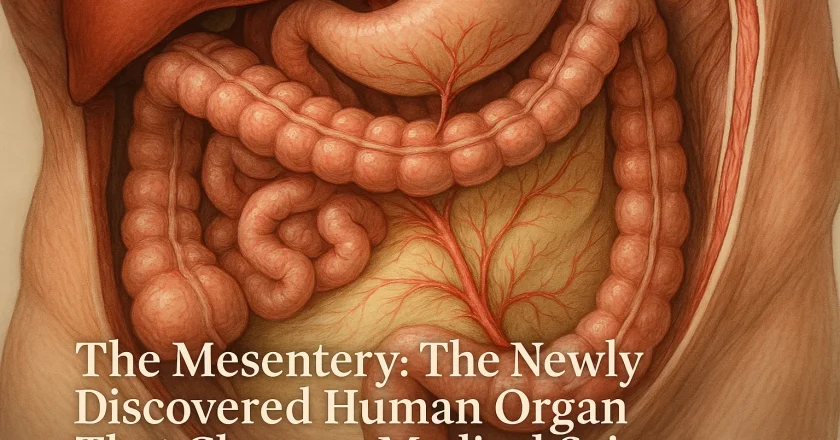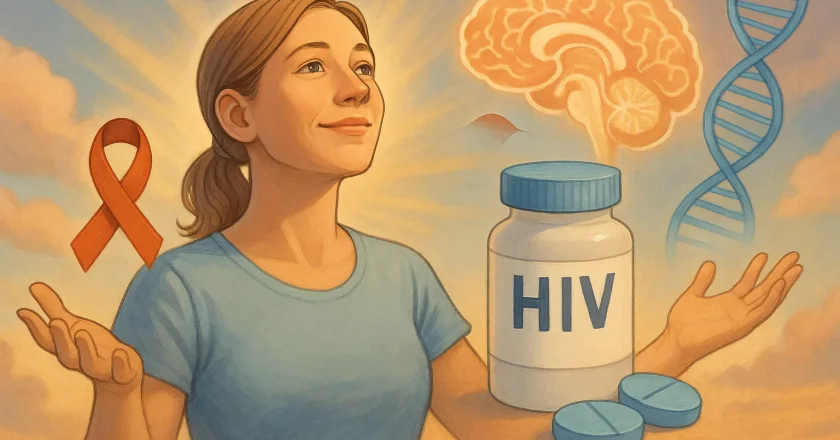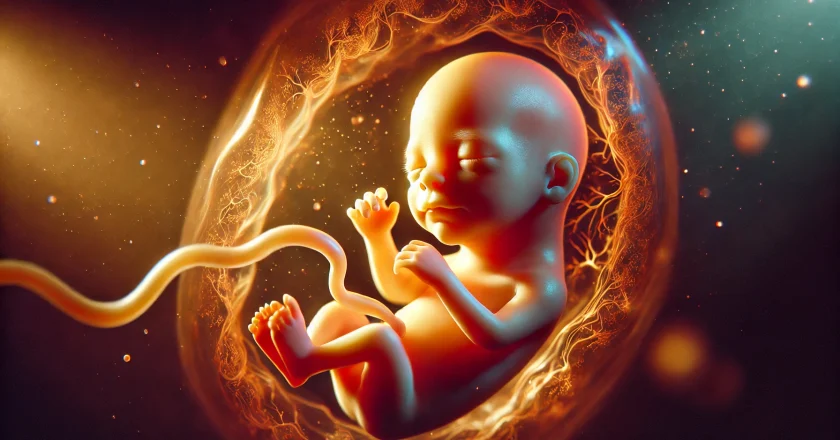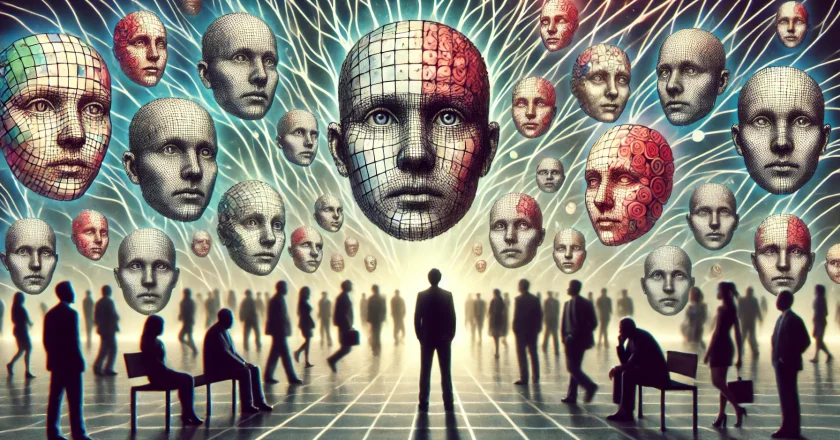When Home Becomes a Battlefield: How Family Conflict Rewires Children’s Brains Like Combat Veterans
We often think of war as the ultimate trauma, leaving lasting scars on soldiers who endure the chaos of battle. But groundbreaking research reveals something deeply unsettling: children exposed to violence and chronic conflict in their own homes show brain changes strikingly similar to those of combat veterans. In other words, the home—a place that should provide safety and nurturing—can become a battlefield that reshapes the very wiring of a child’s brain.
A landmark study conducted by University College London (UCL) and the Anna Freud Centre, published in Current Biology (2011), offers some of the clearest scientific evidence yet of this phenomenon. Using functional MRI (fMRI) brain scans, researchers examined children who had experienced family conflict and maltreatment. When these chi...


